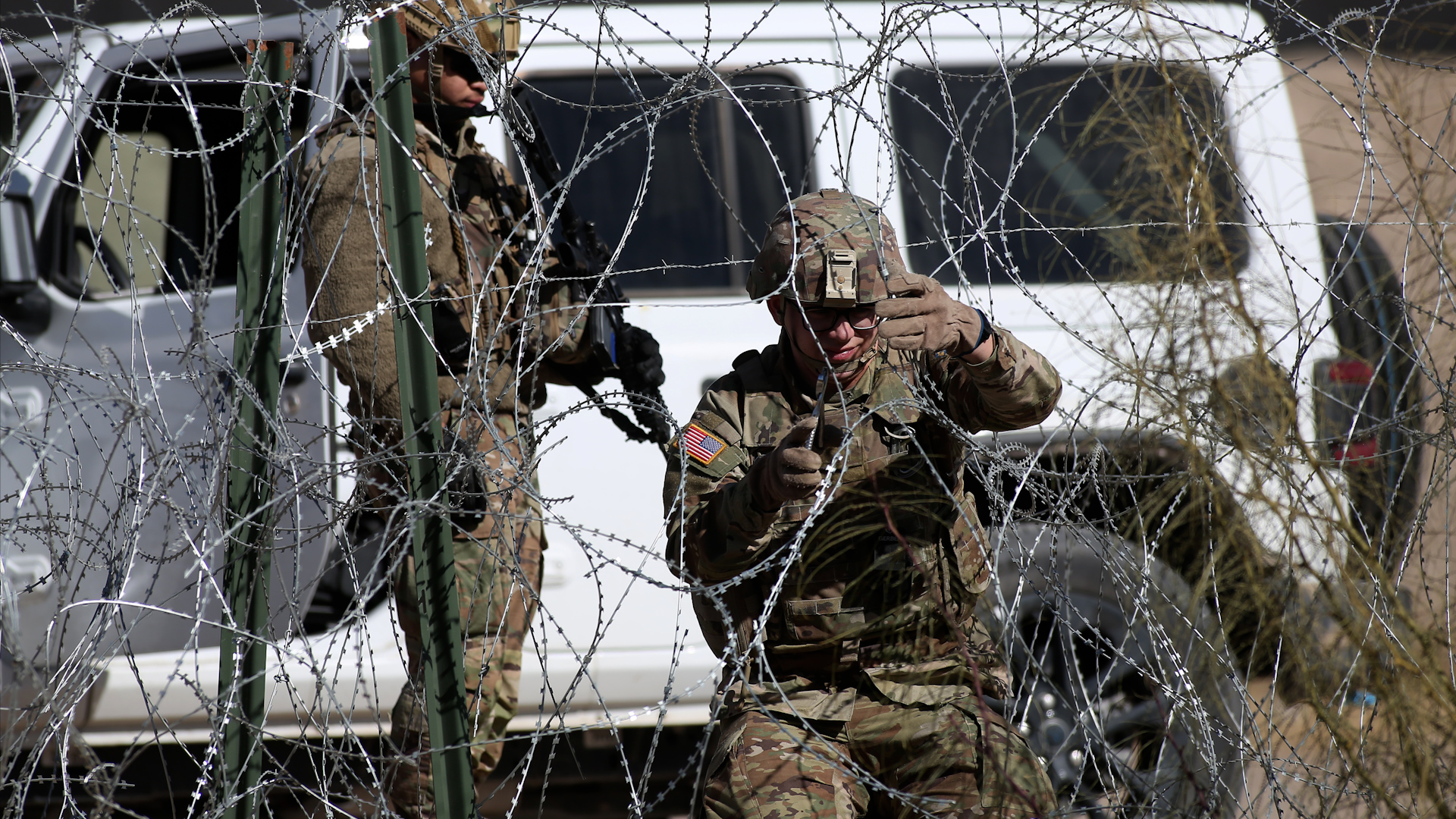The Department of Defense is expanding its footprint along the southern U.S. border by establishing two new National Defense Areas (NDAs) — part of President Donald Trump’s broader immigration enforcement strategy. The new zones are in western Arizona and South Texas, tied respectively to Marine Corps Air Station Yuma and Joint Base San Antonio.
They join existing NDAs attached to Fort Bliss in Texas and Fort Huachuca in Arizona, bringing the total to four.
The South Texas NDA spans 250 miles along the Rio Grande in Cameron and Hidalgo counties. The Yuma-area zone covers about 100 miles. Defense officials consider both extensions of U.S. military installations, allowing service members to temporarily detain migrants until they can be transferred to U.S. Customs and Border Protection (CBP) custody.
The Marine Corps has not formally announced the Yuma zone.
What powers do troops have?
Under the Posse Comitatus Act, the U.S. military cannot perform domestic law enforcement. However, the NDA designation provides a legal exception that lets troops carry out specific tasks. These include detaining trespassers, doing brief searches and helping with signage and barriers.
Service members involved in these operations are part of the Joint Task Force–Southern Border under U.S. Northern Command. Pentagon officials say the zones enhance surveillance and deter illegal crossings.
Legal and political concerns
Civil liberties groups and some lawmakers have criticized the NDAs, arguing they circumvent long-standing legal protections. Last month, Sen. Jack Reed, D-R.I., the top Democrat on the Senate Armed Services Committee, called the policy a “legal fiction” that sidesteps the Insurrection Act.
The ACLU of New Mexico warned that the expanded military presence threatens civilian protections and due process.
Legal challenges
In May, a federal judge dismissed trespassing charges against 98 migrants arrested in the New Mexico NDA. The judge ruled that the government failed to prove the individuals knew they were entering a restricted military zone. The judge found insufficient signage and notification during the arrests, weakening the prosecution’s case.
While the Justice Department later convicted at least two individuals for crossing into the New Mexico NDA, Border Patrol — not military personnel — made those arrests.
